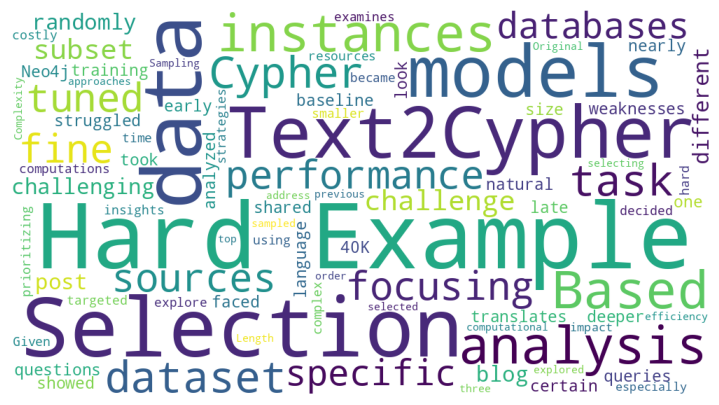Graph for Equitable Financial Opportunities: The 5-Minute Interview With Arthur Zverko

Senior Marketing Manager, EMEA, Neo4j
3 min read

“Because of how we approach data in our platform and look at it from a developer-friendly way – and thinking of the data just as JavaScript objects – the traversal of graphs seemed like a natural pick for us. That’s why we chose to go with Neo4j,” says Arthur Zverko, Software Team Lead at financial platform Equitybee.

Our latest 5-Minute Interview, brought to you from last summer’s GraphSummit tour, features Arthur Zverko, an Israeli-based Software Team Lead at Equitybee. Founded in 2018, Equitybee helps startup employees exercise their stock options and receive pre-IPO shares from privately held companies.
Hear how Arthur uses graphs in his work, his advice for graph newbies, and what he sees on the horizon for this revolutionary technology. Enjoy!
Please introduce yourself.
Arthur Zverko: I’m Arthur Zverko, and I work for Equitybee. Equitybee basically empowers startup employees and helps them participate in the success of their company. They help build. We match investors with employees to help them to get funding for the stock options.
Why did you choose Neo4j?
Arthur Zverko: Our usage of Neo4j, from what I understand, might be a little unique, but we shifted our whole operational database to using Neo4j from Firebase, which we started with. Because we began as a startup, we started growing, and we saw our performance getting hit after hit, and we kind of looked at the solutions we had, which other databases.
Because of how we approach data in our platform and look at it from a developer-friendly way – and thinking of the data just as JavaScript objects – the traversal of graphs seemed like a natural pick for us. That’s why we chose to go with Neo4j.
What are some surprising results you’ve seen from using Neo4j?
Arthur Zverko: The most surprising result was that as soon as we switched to Neo4j and made the light adjustments to our current system without really improving on how it works – because it wasn’t built in a graph way, we just switched the database and made it work – and we saw that running queries took us at least two to three times faster than what we had before. This is before adjustments, parameterization – now we see even better results.
Do you have any advice for someone just getting started with Neo4j?
Arthur Zverko: Yeah, learn Cypher from the beginning and go into depth of what you can achieve with it and learn how to build it in the best way. That’s where the performance sits, if the performance and speed is important to you. Just learn how you can build the best performaning query.
What do you think is in store for the future of graph technology?
Arthur Zverko: I’m still not sure about graphs themselves, but because we are more focused on performance, I can talk more about the Aura solution, the hosted cloud solution. Just keep improving it.
We’re working hand to hand with our customer relations at Neo to see how we can use the platform the best way we can, and leverage everything that it gives us, and also what we can suggest to improve for other people like us. Maybe this will get more people to adopt the solution.
Download this white paper, The Top 5 Use Cases of Graph Databases, and discover how to tap into the power of graphs for the connected enterprise.








